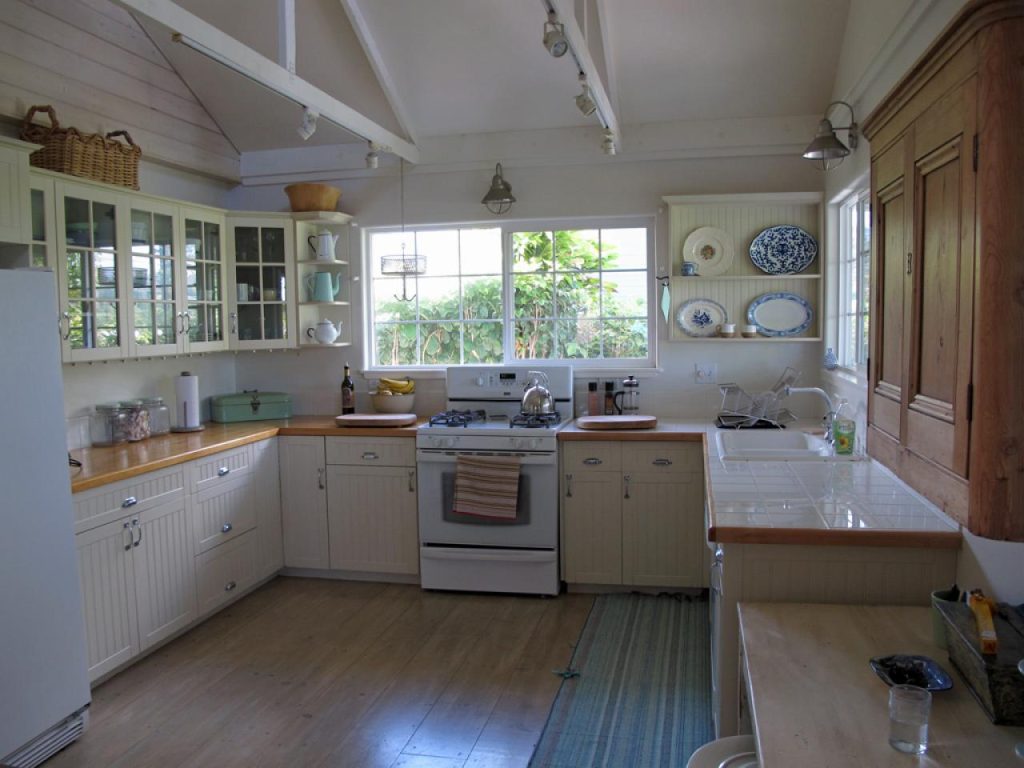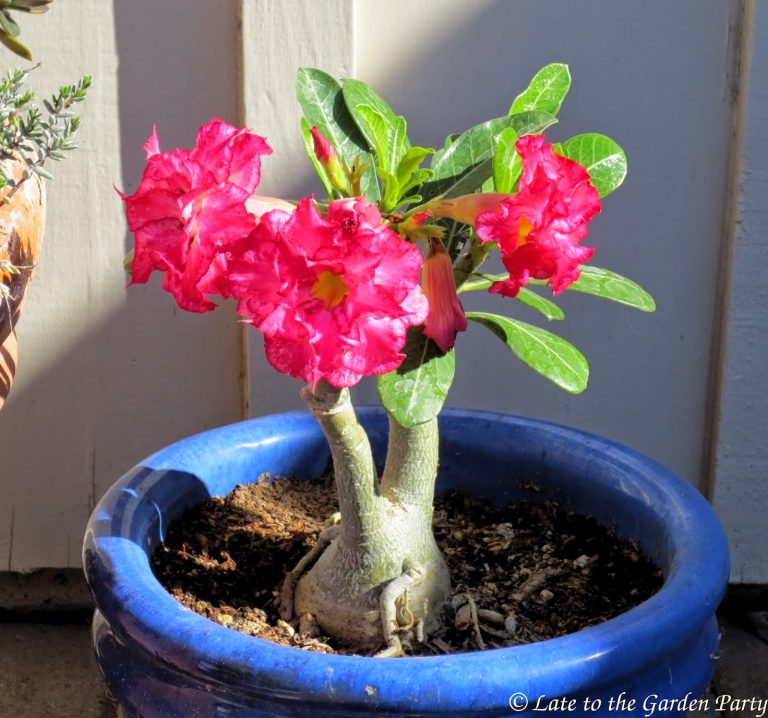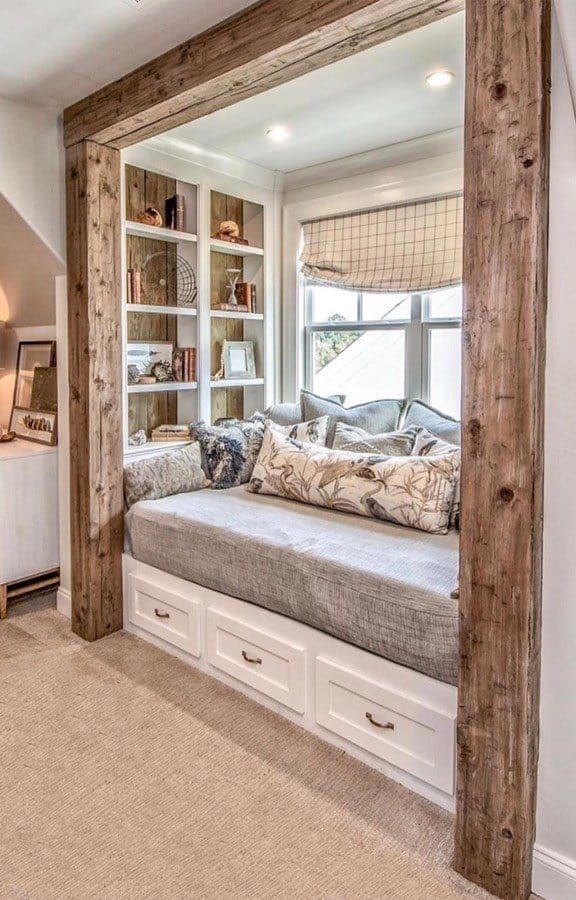

Our last house was built on a slope, and one of our biggest challenges was how to build the stairs accessing the backyard. There were so many options available, and each one suggested a different level of effort and expense.
Here is an overview of the different types of materials available and a brief summary of the process to help you decide whether this is a job you want to tackle, or leave it to the experts.
Brick Path: Bricks are relatively inexpensive and provide freedom to create a path in a variety of shapes and sizes. Those set in sand are not as stable as bricks with a concrete base, but a bit of movement can be expected in a brick path.
Concrete Pavers: Similar to bricks, pavers sit on a bed of sand and are laid out in a pattern. They come in a huge variety of colors and individual shapes to create interesting patterns. Paths should be at least 3 feet wide.
Crushed Stone Path: This is a fairly inexpensive material and could be a good way to lay the groundwork for future upgrades. Crushed stone blends easily into most landscapes, is durable and allows for curves. Some type of edging would have to be put in place to hold in the stone.
Exposed Aggregate: Aggregate is commonly used on driveways, but it makes a nice finish for paths and stairs as well. If you do it yourself, work at your own speed completing small sections at a time. This is a durable and lasting finish, that looks the same for years.
Flagstone Path: This stone has so much character and is fairly easy to work with, except for the weight of the medium. You can lay a fairly tight path, adding a grout like hardening agent between the cracks, or pour crushed gravel or pea gravel in between. You could also lay as stepping stones on a gravel path or right into grass and simply mow over the stones.
Platform Walkway: This works like a series of small decks used to create a path. Using 4 x 4 postholes, they support a 2 x 6 frame covered by 2 x 6 decking. Platforms are built in small increments to allow for winding paths or changes in the slope. Incline in 12 inch intervals to allow for stairs. The walkway should be at least 36 inches wide with footings at every 8 feet.
Grass: Some forget the simplest of paths is made from grass. Use wood or stone edging, lay your top soil and plant grass seed or lay sod.
Loose Fill: This type of walkway can last for years with perhaps a slight topping up from time to time. Once you have your path laid out, add landscape fabric and border, and fill with bark chips, or any loose organic material and rake in place. You may want to add some paved or flagstone stepping stones to provide a solid surface when walking.









